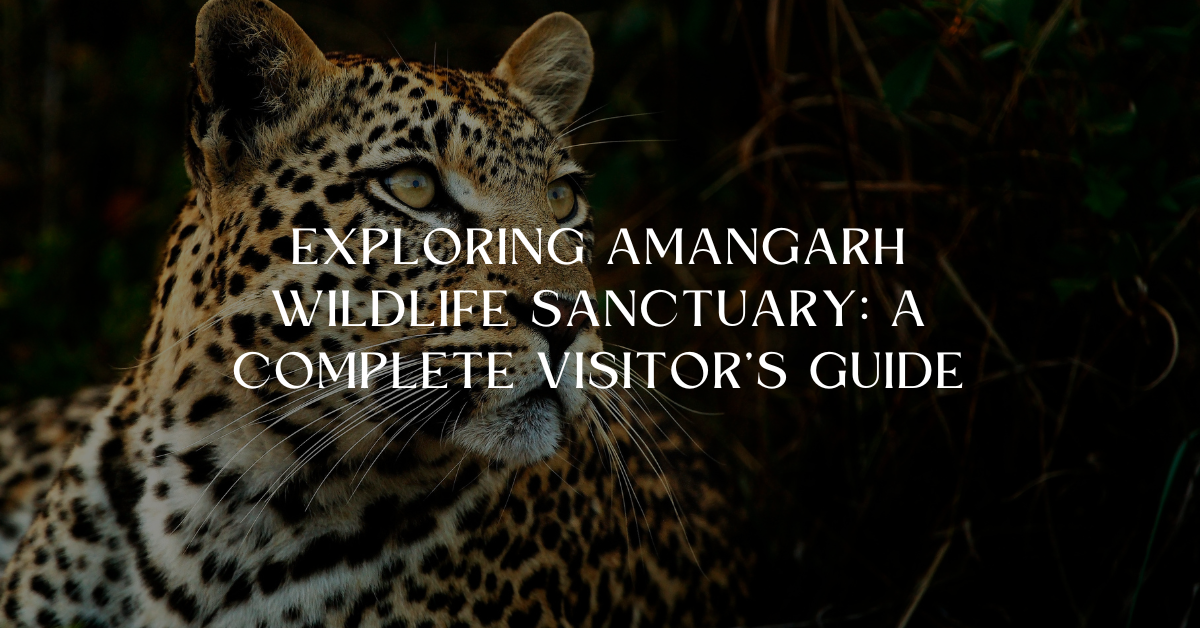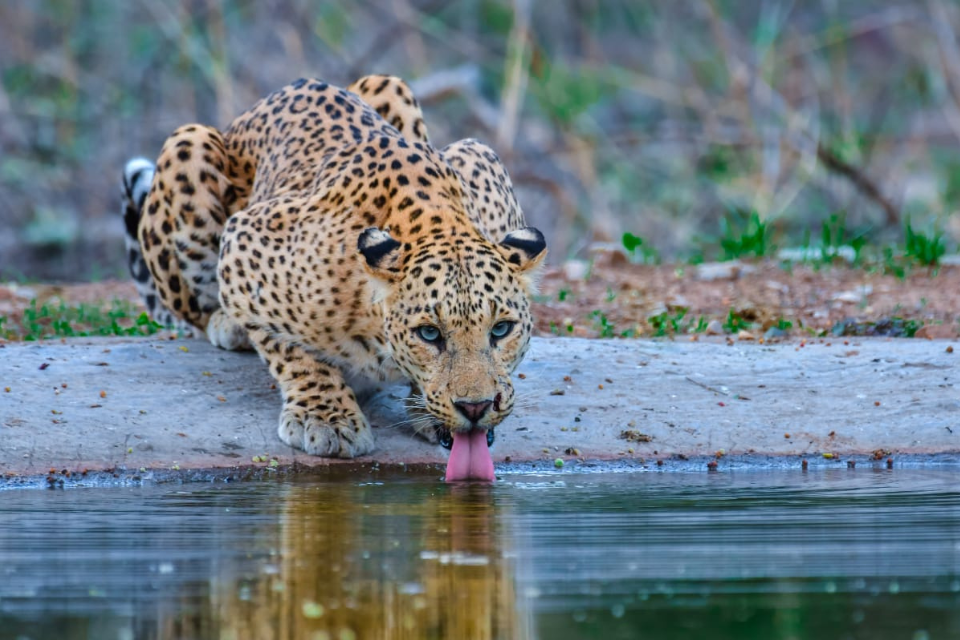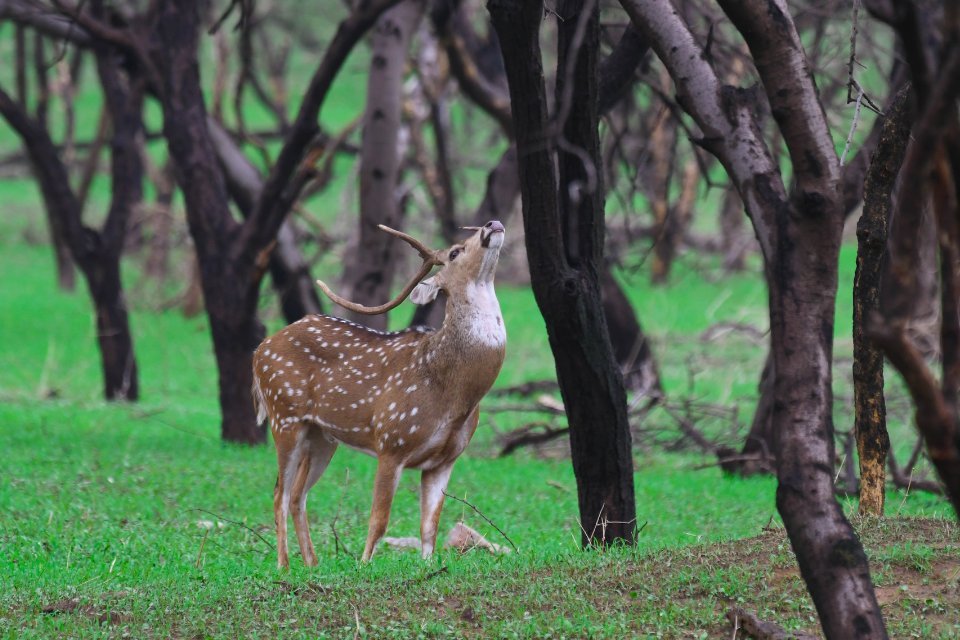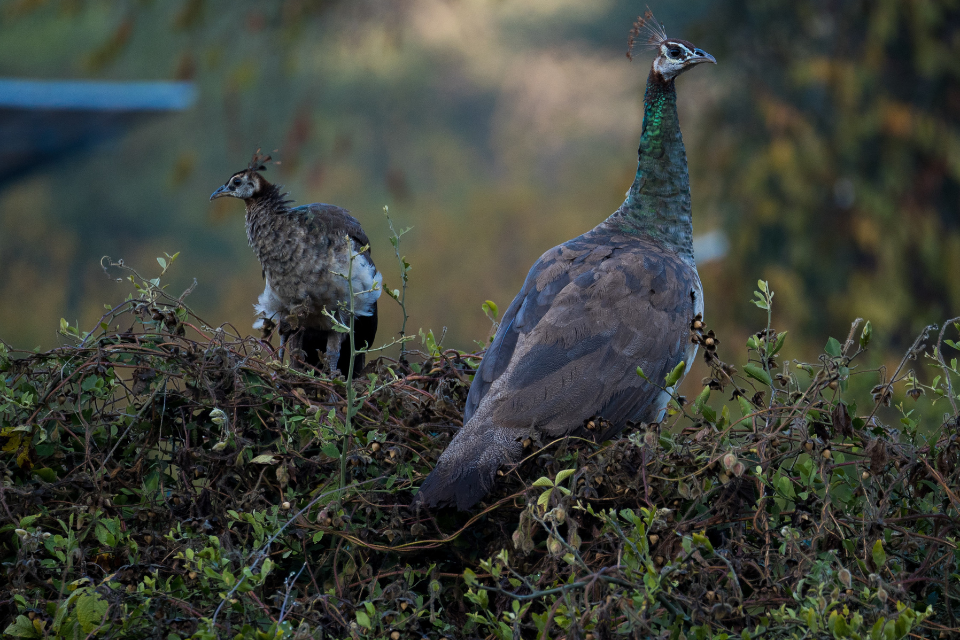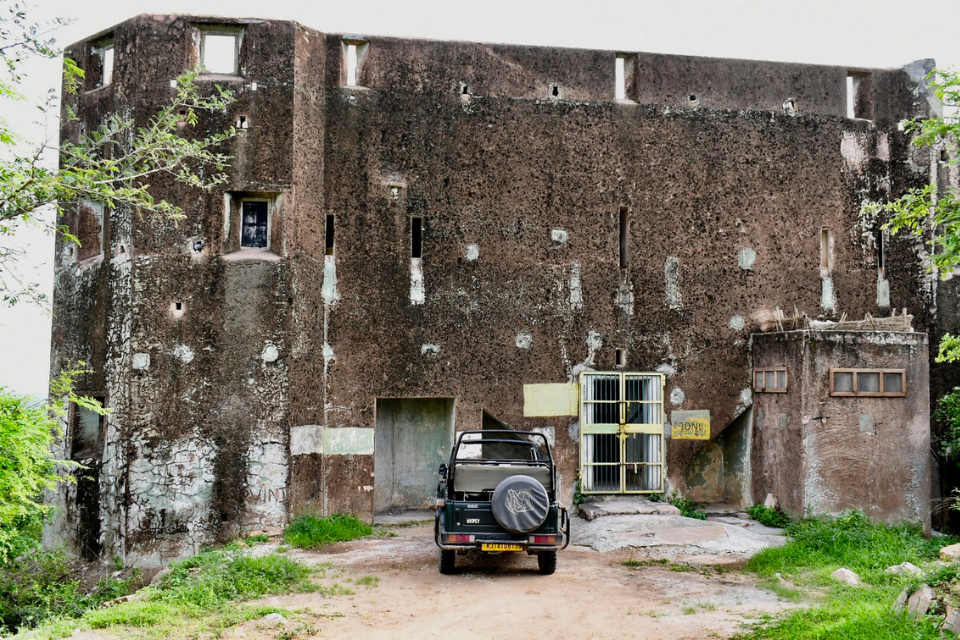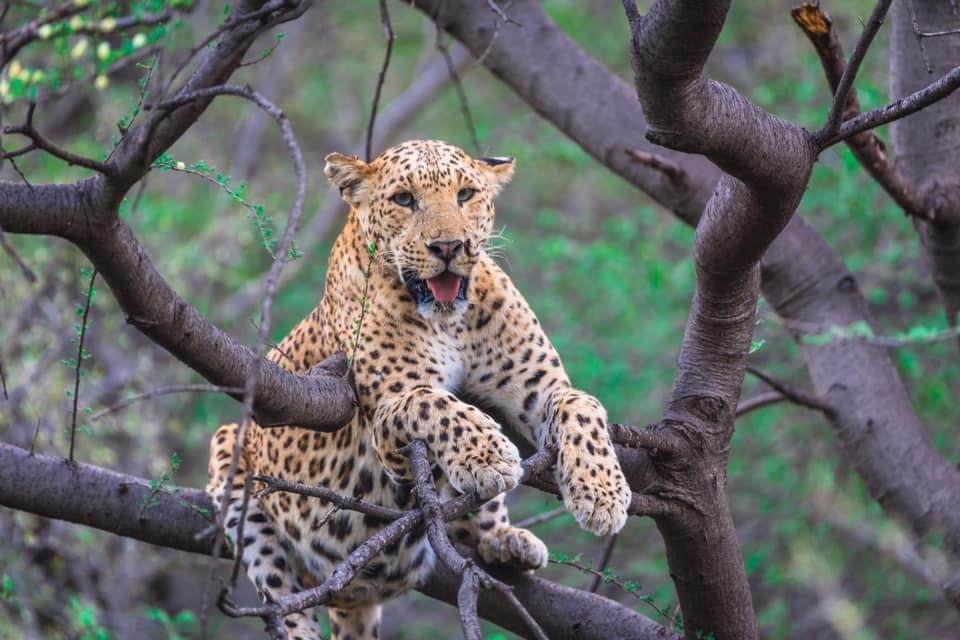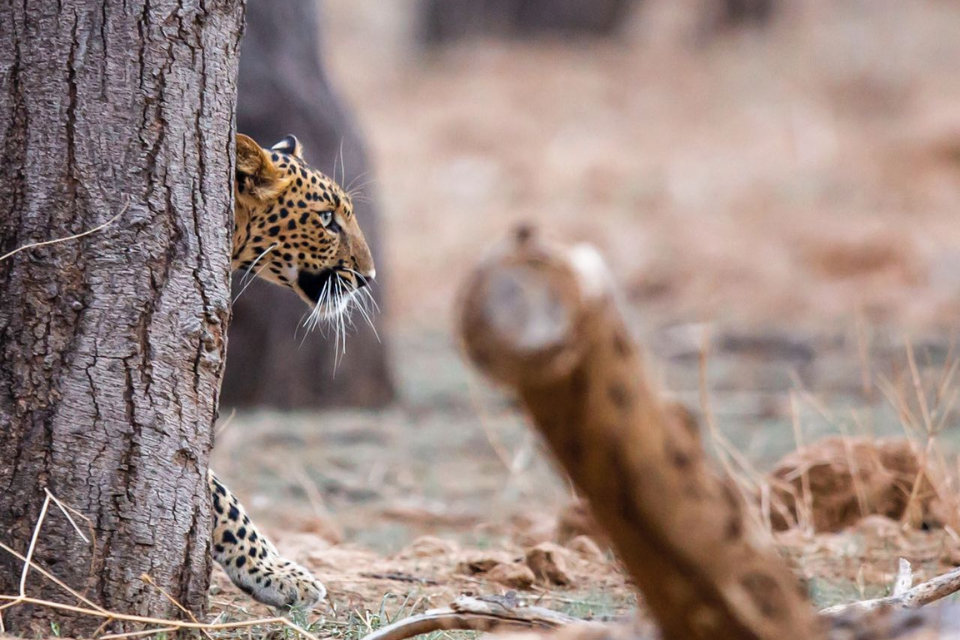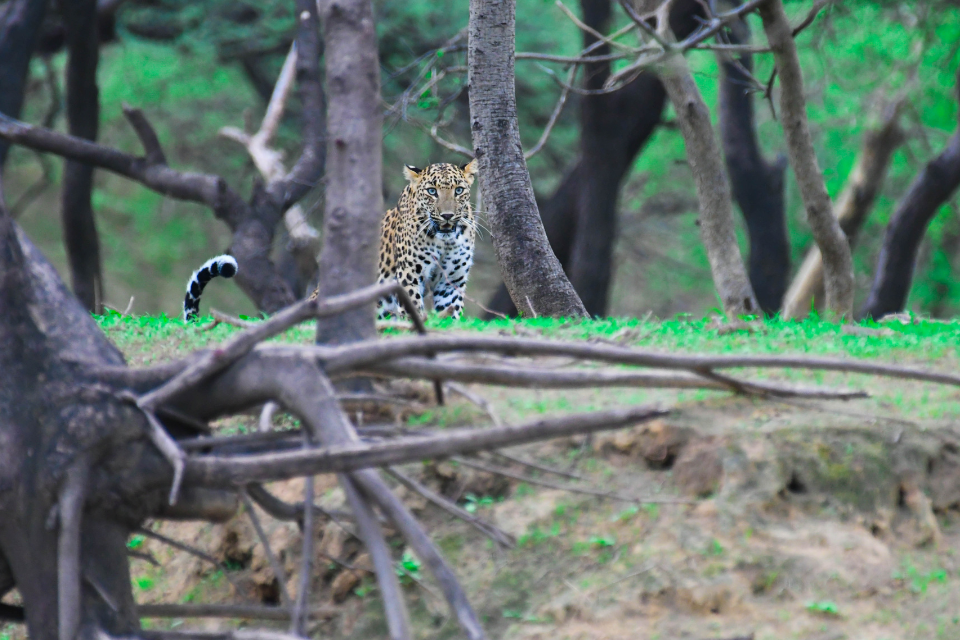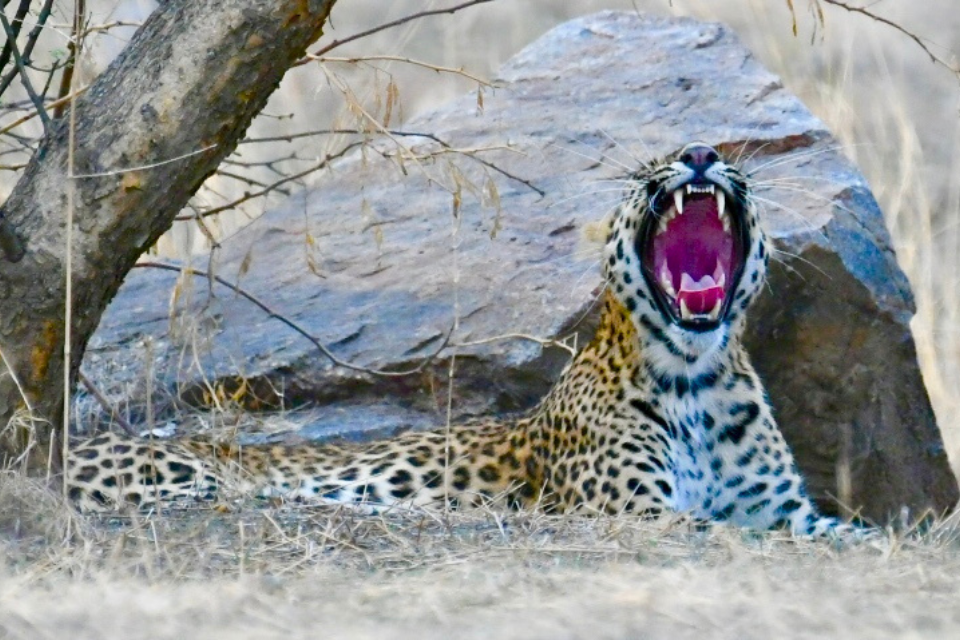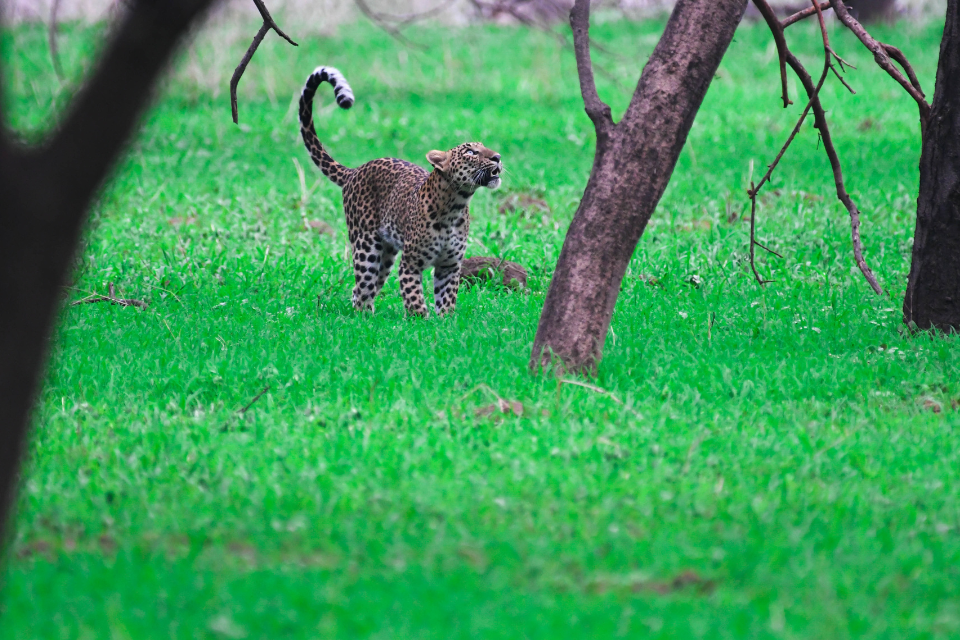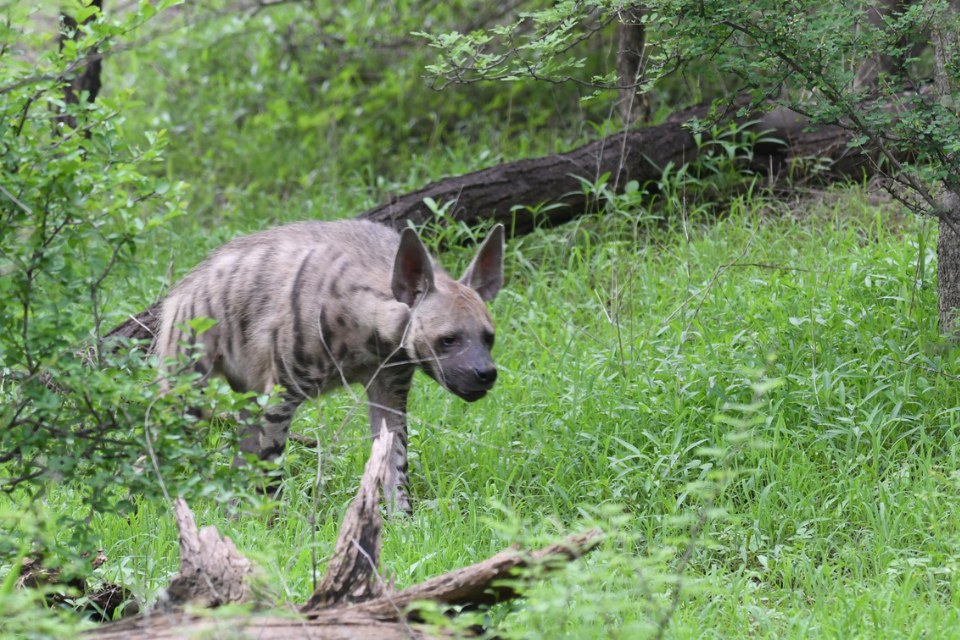- May 23, 2025
Exploring Amangarh Wildlife Sanctuary: A Complete Visitor’s Guide
Nestled on the fringes of Ranthambore National Park, Amangarh Wildlife Sanctuary is one of Rajasthan’s best-kept secrets. Fewer crowds, pristine forest cover, and a chance to glimpse apex predators in a more intimate setting make Amangarh an ideal choice for wildlife lovers seeking an off-the-beaten-path safari in Rajasthan. In this guide, we’ll cover everything you need to know—history, how to get there, safari options, wildlife highlights, lodging, and practical tips—to make your Amangarh adventure truly unforgettable.
- A Glimpse into Amangarh’s History and Landscape
Originally part of the Talwara Wildlife Sanctuary, Amangarh was carved out in 1985 to ease pressure on Ranthambore and to provide a dedicated haven for big cats. Today, its dry deciduous forests, interspersed with rocky outcrops and seasonal streams, span roughly 280 km². While leopards outnumber tigers here, Amangarh is home to a healthy mix of bengal tigers, sloth bears, and Indian wolves—making it an essential stop for anyone on a Rajasthan wildlife safari.
- Why Choose Amangarh Over Other Rajasthan Safaris?
- Fewer Vehicles, Better Sightings: With lower tourist footfall than Ranthambore, your chances of uninterrupted wildlife views skyrocket.
- Intimate Jeep Safaris: Standard safari jeeps are capped at six passengers, ensuring you’re never jostling for space or photos.
- Rich Birdlife: Over 230 bird species, including migratory winter visitors like the Siberian crane and resident residents like the Indian roller.
- Local Community Engagement: Small-scale eco-lodges here actively employ nearby villages, giving you an authentic cultural glimpse post-safari.

- Getting There: Your Route to Amangarh Wildlife Sanctuary
By Road: Amangarh sits about 160 km south of Jaipur. From Jaipur, take NH52 toward Sawai Madhopur, then branch off at Chandwaji toward Khandar. The final 25 km is a scenic forest road; allow about 4–5 hours total.
By Rail: The nearest major station is Sawai Madhopur (code: SWM), roughly 60 km away. Taxis and shared jeeps run regularly from Sawai Madhopur to the sanctuary gate.
By Air: Jaipur International Airport is your best bet, followed by a private transfer or rental car. Many lodges can arrange pickups for a nominal fee.
- Permits, Timings, and Safari Booking
- Forest Department Permits: Required for both morning (6:00 AM–10:00 AM) and afternoon (2:00 PM–6:00 PM) sessions.
- Jeep Safari Fees (Forest Rates): Per jeep for up to six people (subject to seasonal revision).
- Advance Booking: Highly recommended through the Rajasthan Forest Department portal or via your lodge—especially in October–March peak season.
- Safari Types: Jeep, Canter & Walking Tours
- Jeep Safari: Standard open-top jeeps seat 4–6 visitors; guides use radio to coordinate sightings across the zone.
- Canter Safari: Large 20-seat canters run less frequently but offer affordability for small groups or solo travelers.
- Guided Nature Walks: For those craving a “boots-on-the-ground” experience; you’ll explore trails near the buffer zones under armed guard.
Pro Tip: Always request a senior guide—those with 5+ years’ experience often know individual leopard territories by heart.
- Flora & Fauna: What You’re Likely to See
- Big Cats: Leopards are the star attraction; tigers occasionally migrate from Ranthambore during monsoon flush.
- Herbivores & Ungulates: Spotted deer, sambar, chital, nilgai (blue bull), and wild boar form the prey base.
- Birdlife: Look for peafowl, crested serpent eagles, rufous treepies, and barbets perched on ancient banyan trees.
- Reptiles & Others: Marsh crocodiles ambush prey at waterholes; pythons and monitor lizards slither through leaf litter.
Including vivid anecdotes—like the time a leopard named “Trikala” surprised a safari in 2023—will make your post feel alive and human.
- Best Time to Visit Amangarh
- Winter (October–February): Clear skies, comfortable temperatures (12–25 °C), and prime wildlife activity around water sources.
- Summer (March–May): Scorching days (up to 45 °C) but excellent leopard sightings as animals cool off in shade or waterholes.
- Monsoon (July–September): Lush greenery, fewer tourists—but note that forests close for up to two weeks in peak rains.
- Where to Stay: Eco-Lodges & Camps
Lodge / Camp | Highlights | Starting Rate (per night) |
Amangarh Safari Camp | Luxury tents, guided walks, organic cuisine | (As Per Season) |
Tiger’s Den Retreat | Tree-house rooms, birdwatching decks | (As Per Season) |
Village Homestay | Local Rajasthani meals, cultural performances | (As Per Season) |
Most accommodations include:
- All-meals packages with Rajasthani thalis
- Optional village tours and craft workshops
- Transfer to/from Ranthambore Railway Station
- Packing & Preparation Tips
- Essentials: Binoculars, camera with zoom lens, sturdy walking shoes, hat, sunglasses.
- Clothing: Neutral-colored, lightweight layers; avoid bright colors that can startle wildlife.
- Health & Safety: Carry sunscreen, insect repellent, and a basic first-aid kit.
- Local Etiquette: Always follow guide instructions—do not feed animals or litter; support local eco-initiatives by buying artisanal souvenirs.
- Conservation & Community Impact
Amangarh’s success story is a community-led one. Local forest guards, trained by NGOs like Wildlife First, carry out anti-poaching patrols, while women’s self-help groups sell handcrafted textiles to lodge guests. A portion of every safari fee is reinvested into waterhole maintenance and habitat restoration—ensuring that future generations also experience the magic of this sanctuary.
- Wrapping Up Your Amangarh Adventure
Whether you’re a seasoned wildlife photographer chasing that pounce shot or a first-time safari-goer eager to hear a leopard’s distant roar, Amangarh Wildlife Sanctuary promises an immersive, off-grid Rajasthan experience. Plan your visit during the cooler winter months, book your jeep safari well in advance, and don’t forget to spend an evening under the stars at your eco-lodge—where the only lights come from a crackling campfire and the Milky Way overhead.
Ready to explore Amangarh? Book your stay today, pack your sense of wonder—and prepare for a safari that feels truly yours.
Keywords: Amangarh Wildlife Sanctuary, wildlife safari in Rajasthan, Amangarh safari guide, Rajasthan eco-tourism, best time to visit Amangarh.
Disclaimer All images used in this blog are either sourced from public domain or credited to their respective owners. If you are the copyright holder of any image and wish to request its removal or proper attribution, please contact us at [email protected]
